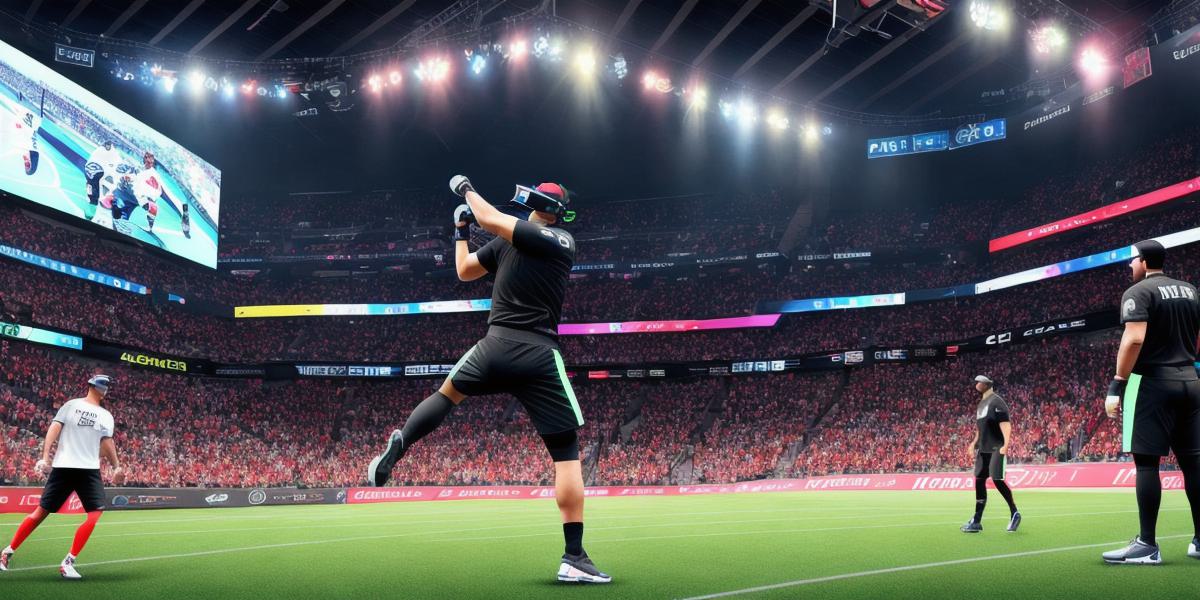As technology continues to advance, simulated reality is becoming increasingly popular in the world of sports. With virtual and augmented reality, fans can experience live games like never before, immersing themselves in the action and interacting with players in real-time. But what does this mean for traditional live matches? Is simulated reality set to take over, or will it complement live sports?
The Advantages of Simulated Reality
One of the biggest advantages of simulated reality is the level of immersion it offers. With virtual and augmented reality, fans can feel like they are truly part of the game, experiencing everything that players go through on the field. This can be especially appealing to younger generations, who may not have grown up with traditional sports experiences.
Simulated reality also has the potential to make sports more accessible to a wider audience. With virtual and augmented reality, fans from all over the world can experience live games as if they were right there in the stadium. This can be especially beneficial for smaller teams or leagues that may not have the resources to host large-scale events.
The Impact on Traditional Live Sports
Despite these advantages, simulated reality is still relatively new and may not have a significant impact on traditional live sports anytime soon. Many fans still value the experience of being at a live game, with all the sights, sounds, and smells that come with it. Additionally, there are concerns about the cost and accessibility of virtual and augmented reality technology, which could limit its adoption by teams and leagues.
The Future of Sports
It is likely that simulated reality will continue to play a role in sports, especially as technology advances and becomes more affordable. However, it is unlikely that it will completely replace live sports anytime soon. Instead, it may become a complementary form of entertainment, providing fans with new ways to experience the sports they love.
Case Studies
One example of simulated reality in action is the use of virtual reality to allow fans to tour stadiums and training facilities before games. This has been especially popular for high-profile teams like the Los Angeles Lakers and New England Patriots, who have used virtual reality to give fans a behind-the-scenes look at their operations.
Another example is the use of augmented reality in football (soccer) matches. In 2018, the World Cup used augmented reality to provide fans with real-time statistics and information about players during the game. This technology was particularly popular among younger viewers, who were able to access this information through their smartphones and tablets.
Conclusion
In conclusion, simulated reality is likely to continue playing a role in sports, providing fans with new ways to experience the games they love. However, it is unlikely to completely replace live sports anytime soon. Instead, it may become a complementary form of entertainment, providing fans with additional ways to engage with their favorite teams and players. Whether you prefer virtual reality or live matches, there’s no doubt that the future of sports will be exciting and full of new possibilities.
